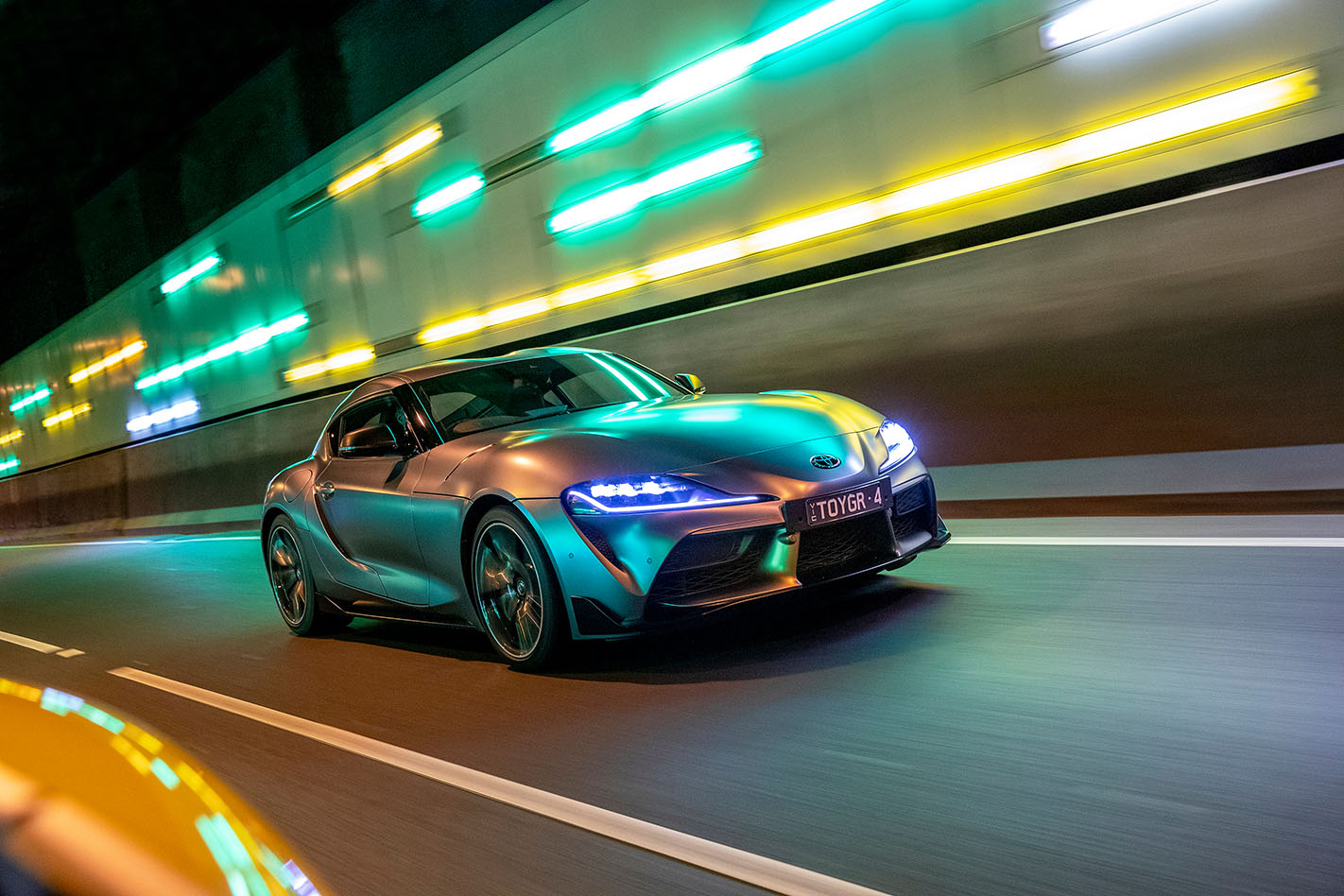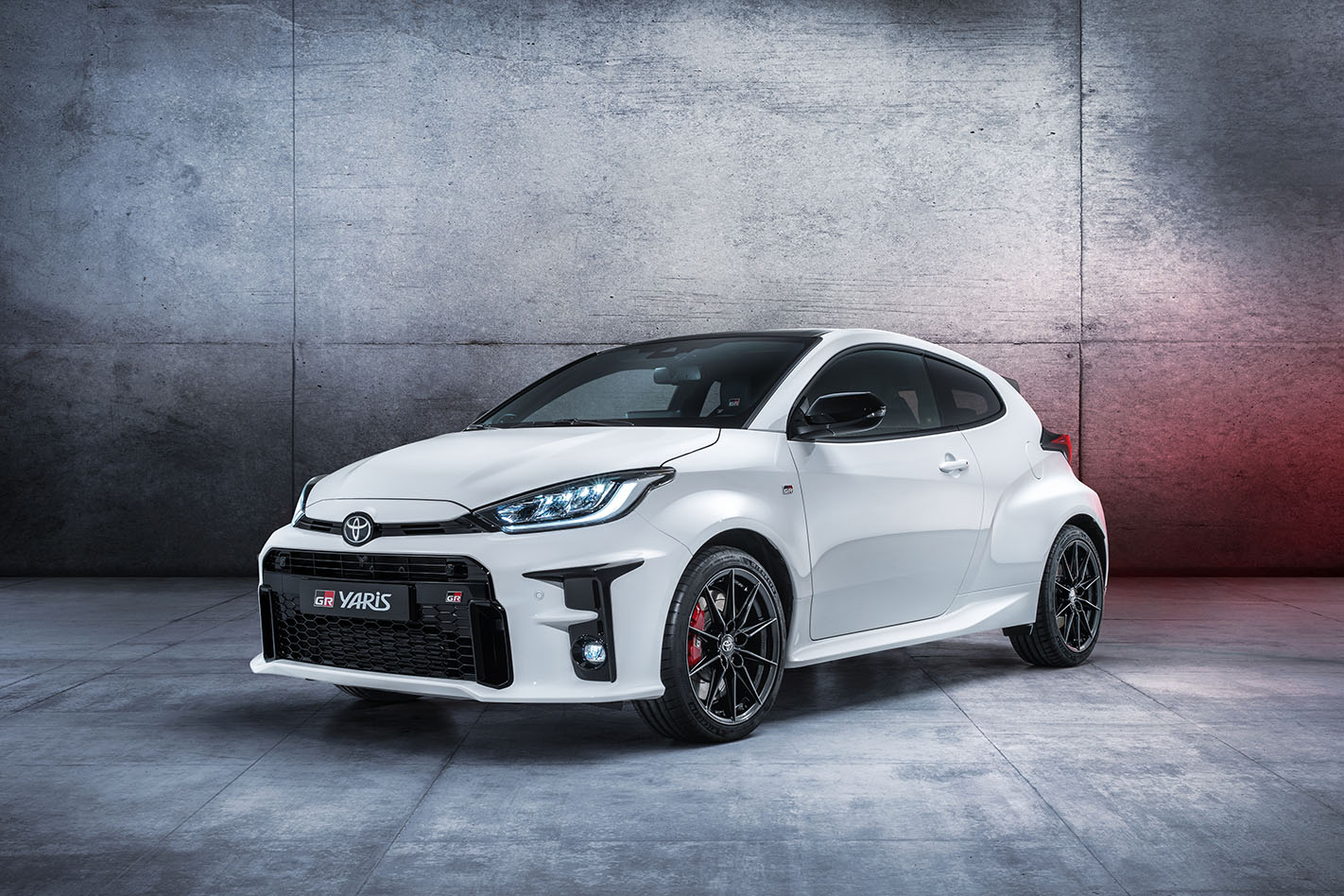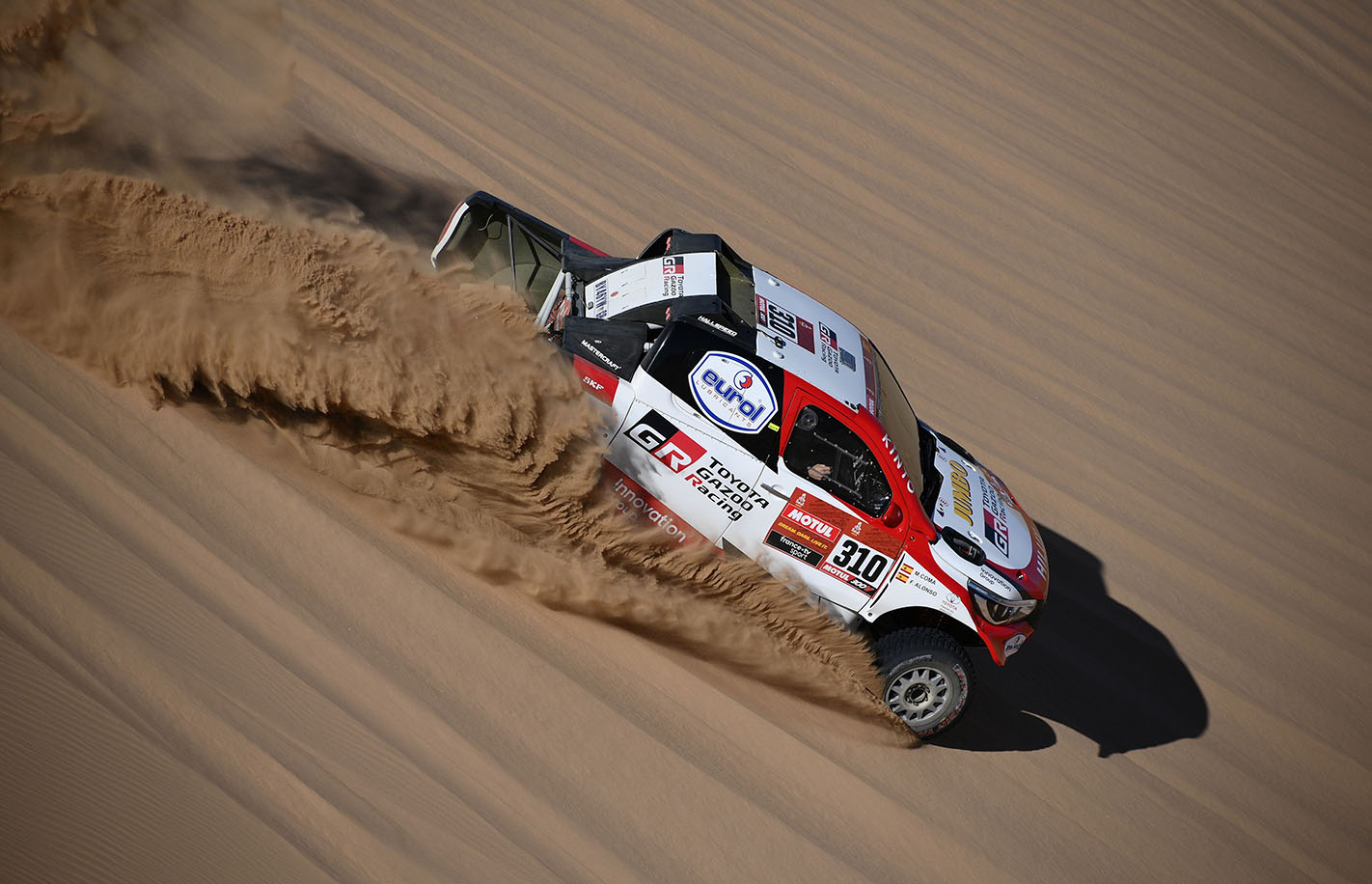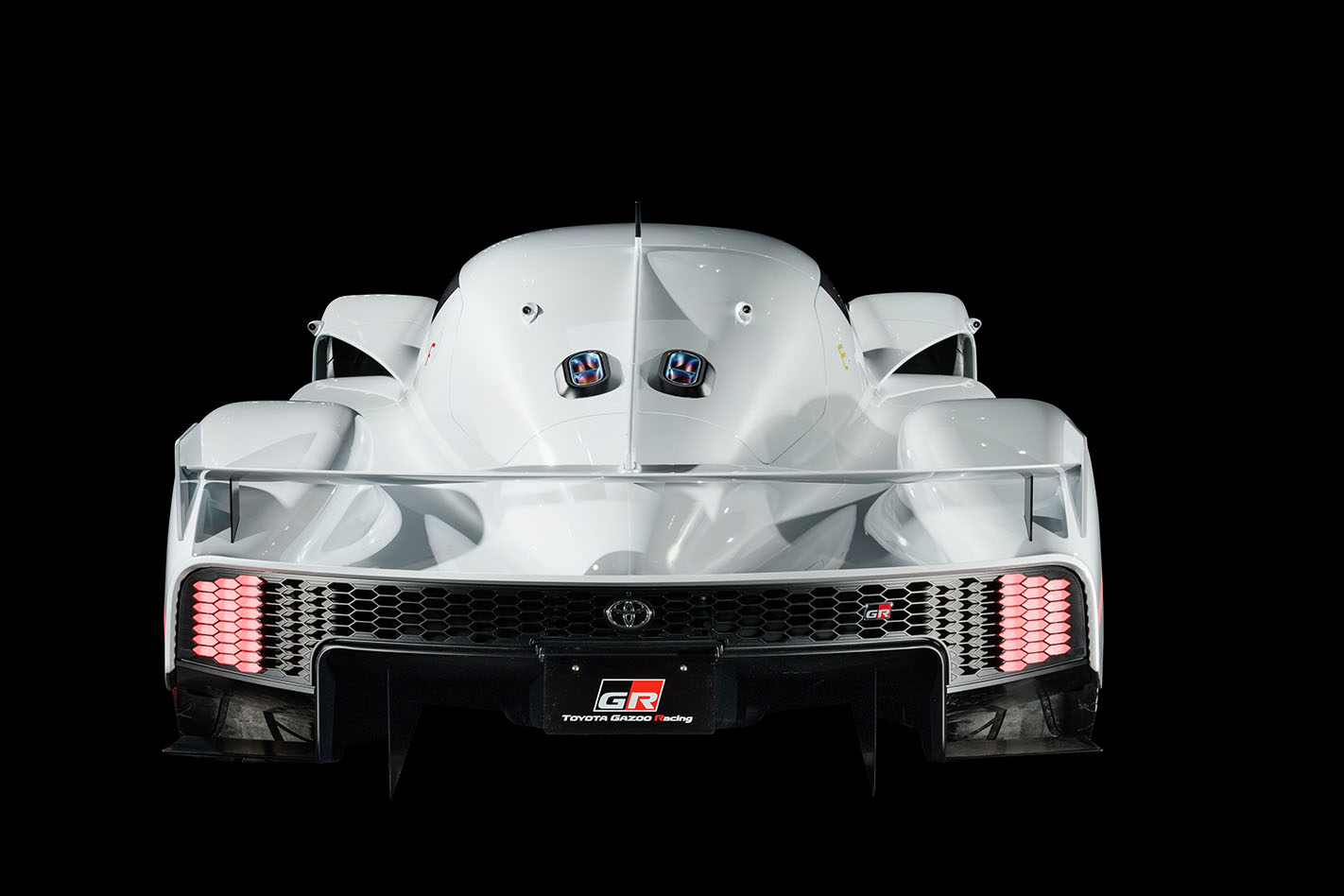Despite sounding like a whimsical instrument used by small children to drive their parents insane, Gazoo is arguably one of the most important names in the motoring world.
Don’t know what Gazoo is? You should. It is the name for Toyota’s racing and performance road car division, and it is on an absolute tear at the moment.
The literal meaning of Gazoo doesn’t really matter (it is derived from the Japanese word ‘gazo’, meaning ‘picture’ or ‘image’, if you care), but you can think of it as Toyota’s answer to the likes of Mercedes-AMG, BMW M Division, and Audi’s RS sub brand.
Put simply, if it goes, stops, or turns like a demon, it is worthy of the Gazoo name.
Initially, the name was used for Toyota’s global motorsport efforts in the World Rally Championship, Dakar, and World Endurance Championship, which became known as Gazoo Racing.
Gazoo Racing was then abbreviated to GR, and used as a badge for Toyota’s new performance road cars – which it is using to rejuvenate its somewhat stale public perception.
The TRD of old is dead, with Gazoo Racing rising from its ashes better, faster, and more serious than ever.

For Australians, Gazoo got off the ground with the GR Supra, which will shortly be joined by the GR Yaris (an all-wheel drive, turbocharged, manual hot hatch made to honour the forest-terrorising WRC cars).
Toyota Australia is eager to get GR models into the country as a matter of priority, with our market’s appetite for performance models well known.
It is expected GR versions of the Hilux and Corolla are nearing production.
To be worthy of the GR badge, a couple criteria have to be met. Firstly, there needs to be genuine performance enhancements – these aren’t sticker and wheel packs.
Ergo, it’s likely that a GR Hilux would entail beefed up suspension inspired by the Dakar-winning race truck, along with a more powerful powertrain.
Similarly, the GR Corolla is likely to be a turbocharged hot hatch that will pose a serious threat to the likes of the Golf GTI and Civic Type R.

Secondly, Toyota will aim to maintain some sort of motorsport link with future GR models, though a model won’t necessarily have to have competition pedigree to be given the Gazoo treatment.
Think of GR models as a progressive spin on the homologation specials of yesteryear – modern motorsport rulebooks means the mechanical symmetry between race and road cars is often lacking, but Toyota is keeping that spirit alive.
The Hilux races at Dakar, the Yaris on the world’s rally stages, and the Corolla is entered in the door-smashing British Touring Car Championship.

A flagship LMP1-prototype based GR Super Sport is also slated for production, with the road-going hypercar set to use the same 735kW twin-turbo hybrid V6 powertrain as the TS050 Le Mans race car.
Sitting below the dedicated GR models will be GR Sport variants, which have a lighter touch. These are more akin to the AMG-line and M-line treatments offered by Mercedes-Benz and BMW.
GR Sport badges will be used to denote regular models that have been given a Gazoo Racing aesthetic tweaks, as well as some slight mechanical changes like larger wheels or sportier rubber.
Finally, placed above GR models are those badged as GRMN (standing for Gazoo Racing Masters of Nurburgring)
In the future the GRMN badge will be used on GR models that have been focused and refined an additional few percent. These are the vehicles for the real hardcore fanatics.
GRMN can be though of much like a CS M model – ever so slightly lighter, harder, and more hunkered down.
A GRMN model hasn’t been revealed to the world for some time now, and don’t hold your breath to see any in Australia in the immediate future.







